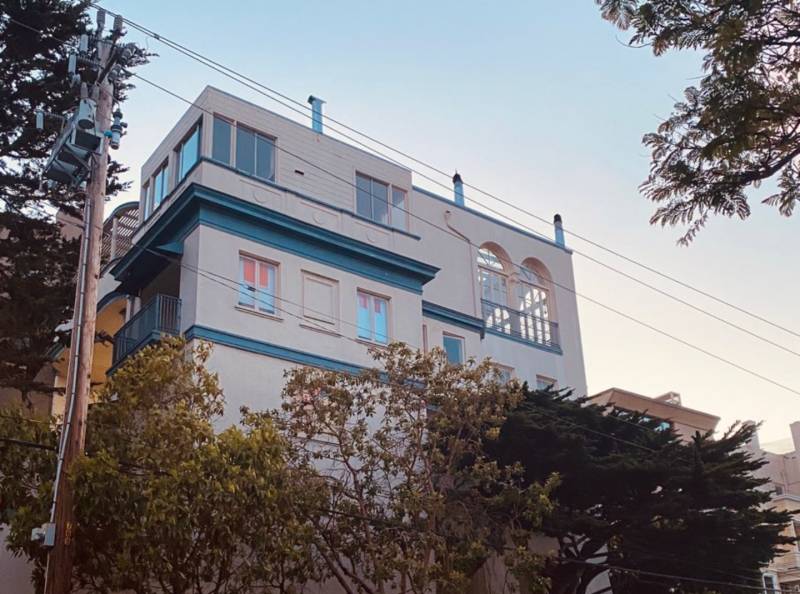Pat Montandon’s ordeal began at her own party. It was 1968 and the socialite had invited the glitterati of San Francisco to her home at 1000 Lombard Street. The theme was astrology; guests were paired up according to zodiac sign and offered psychic readings from a palmist, a crystal-ball gazer, an astrologer and a tarot reader. At the end of the night, buoyed by compliments from her guests, Montandon felt certain that the party had been a “brilliant success.” Two years later, she recognized it as the start of an unyielding nightmare.
Montandon, then 39, was a columnist for the Examiner, a popular host on the local TV station KGO and the author of a book inspired by her legendary soirée-throwing skills, How To Be A Party Girl. She was vivacious, beautiful and her life was positively enviable … until all of a sudden, it wasn’t.
The night of the astrology party, the tarot reader flew into a rage after Montandon forgot to bring him a drink. In The Intruders, her incredible 1975 book about the events that followed, she wrote:
Quivering with rage, he directed a stream of abuse at me: He had never been treated so rudely, I was an insufferable, ungracious hostess, he was leaving, but not before he made certain I would never have any happy moments in that house again. He fixed me with a glare, his face puffed and distorted. ‘I lay a curse upon you and this house. I do not forget, and I do not forgive. Remember that!’
Within weeks, Montandon’s life was falling apart. At home, she was subjected to paranormal events so relentless, they quickly transformed her from a skeptic into a believer. She was plagued by locked doors and windows opening themselves, and freezing temperatures that persisted despite a thermostat turned up to 90 degrees. She was routinely awoken at two in the morning, and she heard strange footsteps and music—specifically a song called “Mockin’ Bird Hill,” on repeat.


